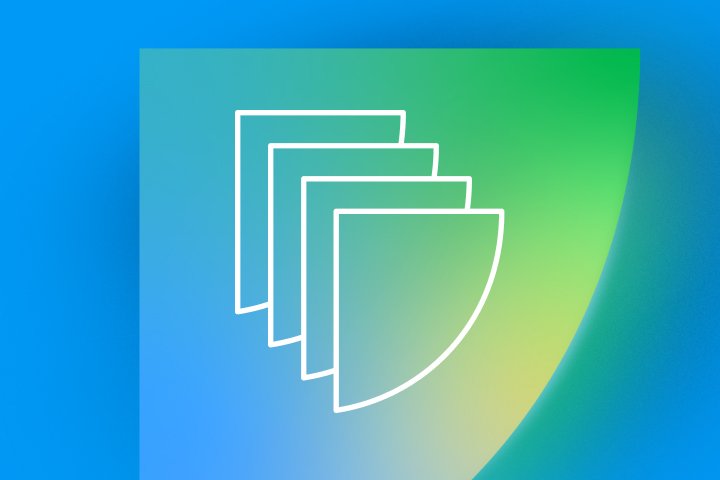Governments house a wealth of sensitive information, from classified data to citizens' records. But as technology advances, so do cyber threats. In recent years, data breaches have surged worldwide, affecting not just corporations and individuals but also governments. In 2023, these breaches are not only more frequent but also more sophisticated.
Picture a scenario where a government's top-secret files are exposed to external forces without permission. It's not just the stuff of spy novels; it's a real-world challenge that government agencies face. Hackers, intentionally or not, gain access to sensitive government data, putting not only security at risk but also the trust of the public.
In this article, we'll explore the complex world of government data breaches, examining the factors behind these attacks and the pivotal role of data loss prevention in protecting our institutions. We'll back our journey with insights from Verizon's 2023 data breach report, shedding light on this ever-evolving threat landscape.
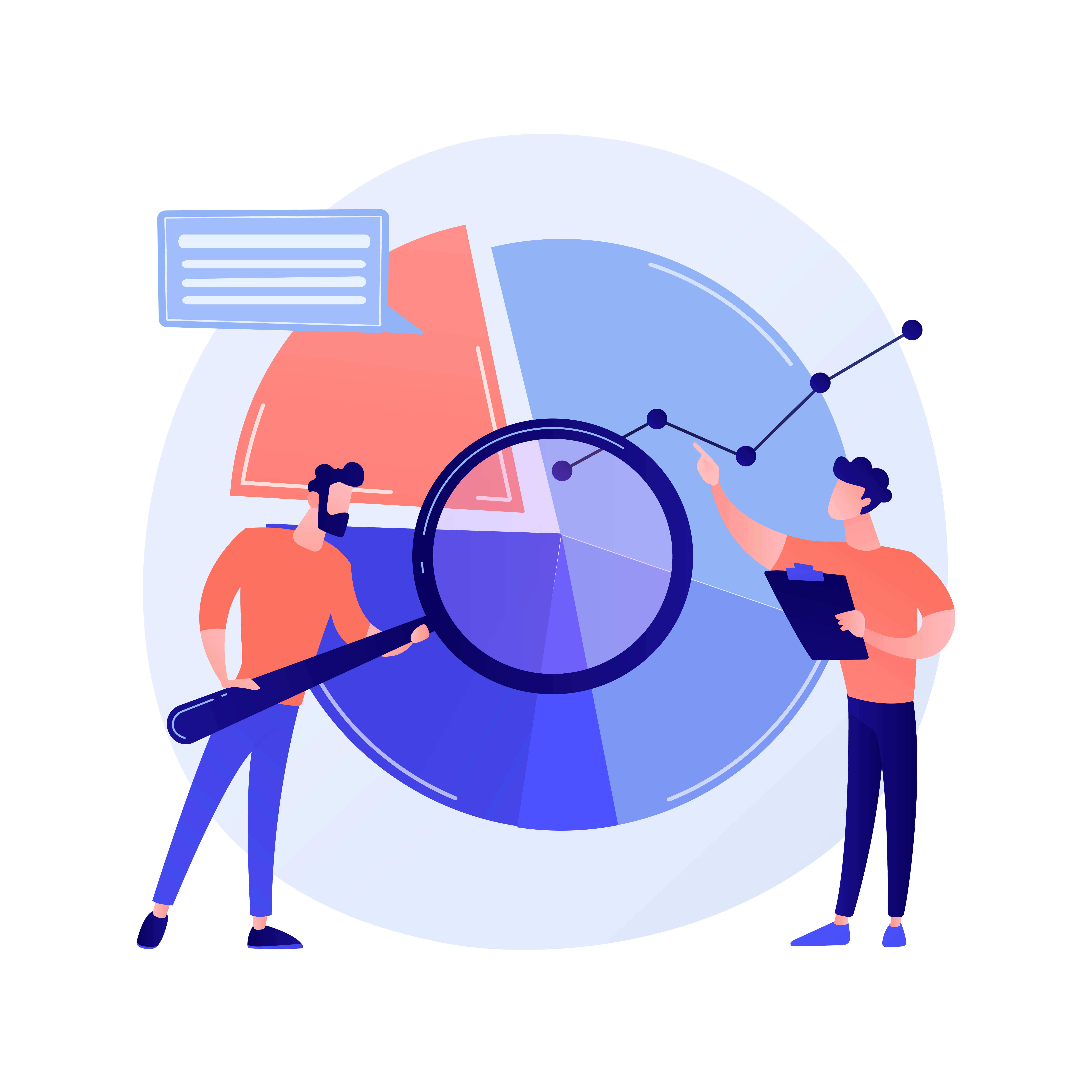
Public sector data breach statistics
First, let's turn to the numbers from Verizon's 2023 Data Breach Investigations Report to gain a concrete understanding of the scale of data security incidents in the past year. This report examines breaches on a global scale, giving us a pretty good idea of the current state of data security in the world.
In the public sector, a staggering 3,273 incidents were reported, with 584 of them confirming data disclosure. Compare that to only 525 incidents in the healthcare industry and around 1,800 in both finance and manufacturing. That's a substantial number of breaches that have, in some form, compromised the security of government information.
The most common breach patterns in the public sector are system intrusion, lost and stolen assets, and social engineering. And although you’d think it’s always going to be a bad guy from outside the organization that’s trying to steal government data, in a whopping 30% of incidents, internal actors also play a role. This internal-external dynamic adds complexity to the challenge of safeguarding government data.
In the following sections, we'll dig even deeper, examining how these statistics translate into real-world scenarios and the role of data loss prevention in protecting government institutions from these types of threats.
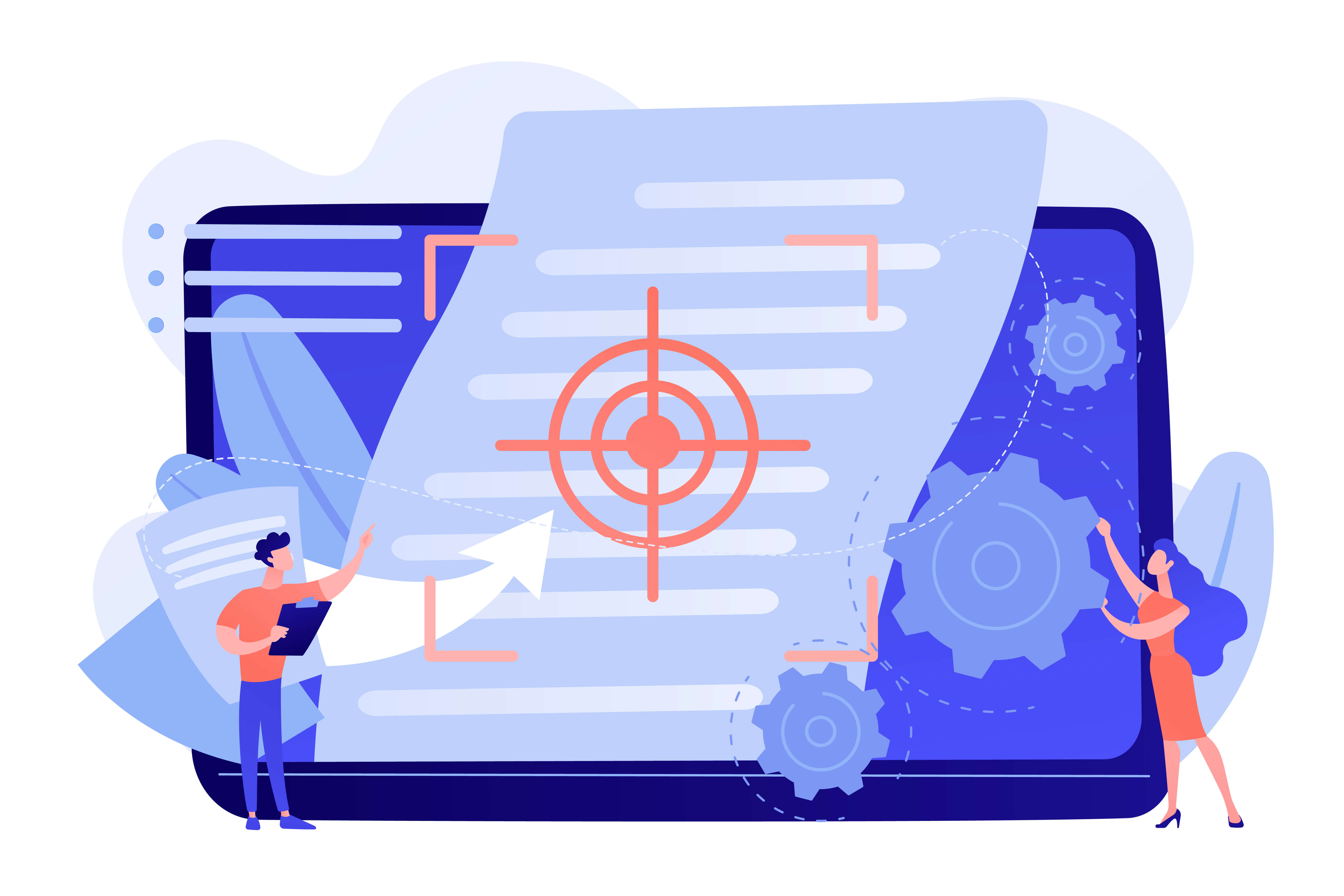
Common tactics in government data security incidents
As in any battlefield, understanding your opponent's tactics is crucial. It’s the only way you can outsmart them! In the realm of government data breaches, cybercriminals employ a myriad of strategies to infiltrate secure systems. Let’s explore some of the most common tactics cybercriminals like to use:
Phishing scams targeting government employees
Phishing scams, although pervasive, remain effective. In this method, cybercriminals send convincing emails or messages, often masquerading as trusted entities, to deceive government workers. Clicking on malicious links or downloading infected files can compromise the security of the entire system. Often, it's a simple, honest mistake of the employee that can have severe consequences.
Ransomware attacks
Ransomware involves encrypting an organization's data by the cybercriminal and then demanding a ransom payment in exchange for the decryption key. These attacks can bring entire systems to a standstill and necessitate expensive recovery efforts, making them a prevalent and impactful tactic in government data breaches.
Advanced persistent threats (APTs)
APTs are sophisticated, long-term cyberattacks typically conducted by well-organized hacking groups. These attackers, once they infiltrate government systems, establish a persistent presence, remaining undetected for extended periods while exfiltrating sensitive data or conducting espionage activities. APTs are challenging to detect and can cause severe damage to government institutions and their data security.
Hacking private sector partners
Private sector partners working with governments may have access to sensitive public sector data, and through breaching their security system, a hacker could gain an entry point to valuable government information. Such tactics reveal the intricacies of the relationship between government institutions and their partners.
Insider threats refer to incidents where individuals with authorized access to government systems misuse or mishandle data intentionally or accidentally. This can include government employees or contractors leaking sensitive information, intentionally or unintentionally, through actions like sharing classified documents with unauthorized parties or mistakenly sending sensitive data to the wrong recipients.
Sometimes, the traditional approach is still effective. Hackers identify vulnerabilities in outdated physical servers used for data storage by some governments. These servers may have easy points of entry, making them attractive targets. The lesson here is clear: safeguarding government data goes beyond just the digital; physical security matters too.
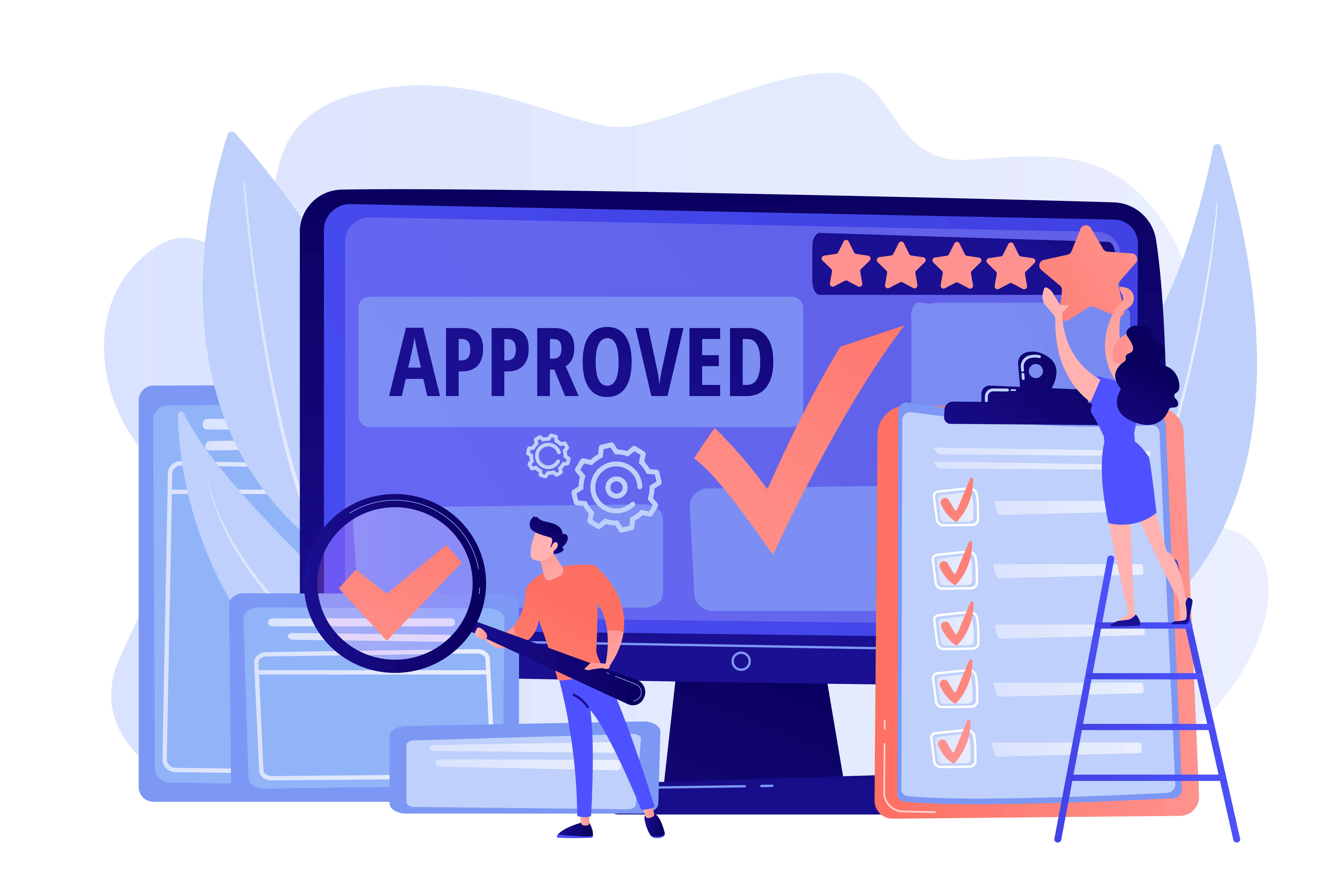
Cybersecurity best practices for government organizations
As we navigate the ever-changing and always-active world of cyber threats, governments find themselves with an important task: staying on top of protecting their sensitive data. In this section, we'll dive into the essential steps and strategies that governments can adopt to help keep their data safe.

Emphasize employee training
As they say, "A chain is only as strong as its weakest link." In government cybersecurity, that weak link can be an unwitting employee. It's essential to educate people on the inside on how to recognize and prevent data breaches.
Tip: In our article How to educate your employees about data security, we go deeper into how to explain data security to your employees, what types of security policies work, and how you can set up your own Security Awareness Program.
Embrace cloud-based software (safely)
The shift from physical on-site servers to cloud-based solutions is pivotal in modern government cybersecurity. Cloud providers offer automated backups and regular updates, guaranteeing the security and accessibility of critical data. While cloud solutions provide significant advantages, it's important to ensure their safe implementation. This not only minimizes the risk of data breaches but also streamlines government operations.

Implement IT ticketing software
With a growing number of departments and systems in government organizations, ticketing software provides an automated mechanism to prioritize and resolve technical problems efficiently. It ensures that issues are promptly addressed, potentially preventing vulnerabilities from escalating. This proactive approach not only enhances overall efficiency but also reduces the risk of potential cybersecurity threats.

Partner only with secure companies
When government agencies work with private businesses, they often share important data, which could put the data at further risk. It's crucial to make sure these partners use safe, well-protected computer systems. Put in place guidelines to check that partners have strong cybersecurity practices in order to protect the integrity of shared data.
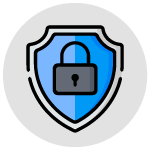
Implement robust data loss prevention (DLP) solutions
A strong DLP solution is akin to having a vigilant guard at the gate. DLP tools monitor data movements, flag unauthorized access, and prevent employees from taking part in some dangerous behaviors. All this helps safeguard sensitive information from external and internal threats.
Let’s look a little more in-depth at DLP solutions and how they can help with data protection in government agencies.
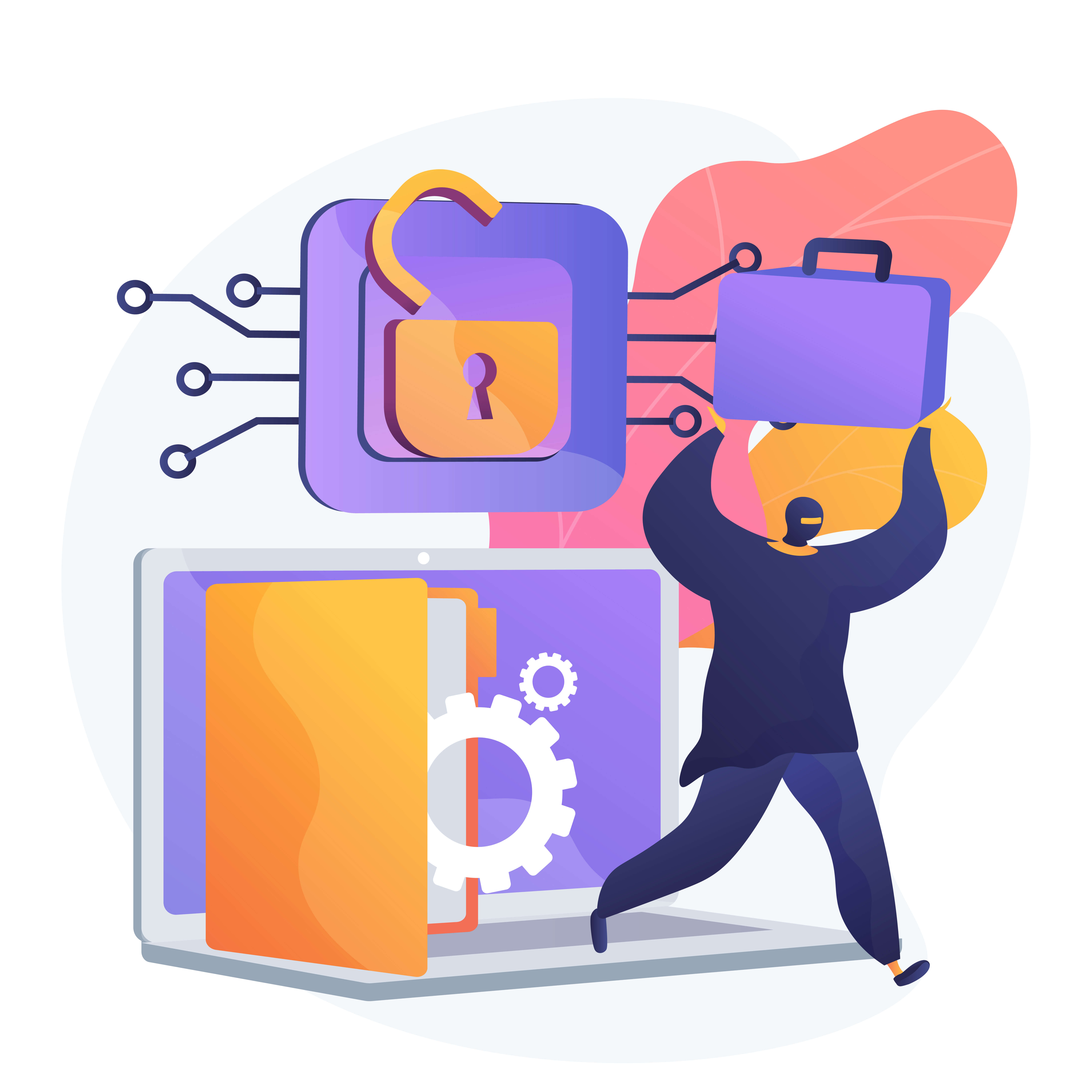
What is DLP software and how can it help safeguard your data?
DLP software is a technology that protects sensitive data by monitoring, controlling access to, and preventing its unauthorized distribution. One of DLP's primary functions is to prevent data breaches by identifying, categorizing, and monitoring data within your government network. And it’s tireless—a good DLP never rests, scanning the network continuously.
It can detect unusual or unauthorized activities, stopping breaches in their tracks. An important feature of a good DLP solution is real-time alerts, allowing IT personnel to take immediate action. Time is of the essence if there’s a data leak happening, so you want to be able to act as soon as humanly possible to prevent more damage.
This proactive approach is what could be the difference between a failed data breach and a successful one. For example, system intrusions are a common breach pattern in the public sector. DLP actively monitors network traffic and detects anomalies that could signal a cyberattack. Your DLP system should ensure that only authorized individuals can view or transmit sensitive data, adding an additional layer of defense against breaches.
Learn more: There’s a difference between integrated and dedicated DLPs. In our article comparing the two, you can learn why less expensive integrated systems can have blind spots while the more sophisticated dedicated DLP (such as Safetica) covers all the bases.
Why Safetica is the best DLP solution for governments
When it comes to choosing the right Data Loss Prevention (DLP) solution for government institutions, the stakes are high. Safetica prides itself in being a strong choice for government data security.
Here are just a few examples of why Safetica is the best DLP solution for governments:
- Tailored for government needs. We understand the unique data security requirements of government organizations. Our DLP solution can be customized to address any specific needs, ensuring that government data remains confidential and protected.
- Covers a range of data types. Safetica offers comprehensive data protection, covering a wide array of data types, from personal records to classified information.
- Real-time threat detection. Our DLP products provide immediate alerts when unusual activities occur, allowing government IT personnel to respond swiftly to potential threats.
- Policy enforcement. Safetica enforces security policies, ensuring that data access is restricted to authorized individuals only.
- Ongoing support and updates. Safetica provides ongoing support and regular updates to stay ahead of evolving cyber threats. We are committed to staying ahead of the cybersecurity curve.
By integrating Safetica's DLP software into your data security strategy, you can address all the challenges that governments nowadays face. Discover Safetica and protect your data against breaches and insider risks effortlessly from day one.
Next articles
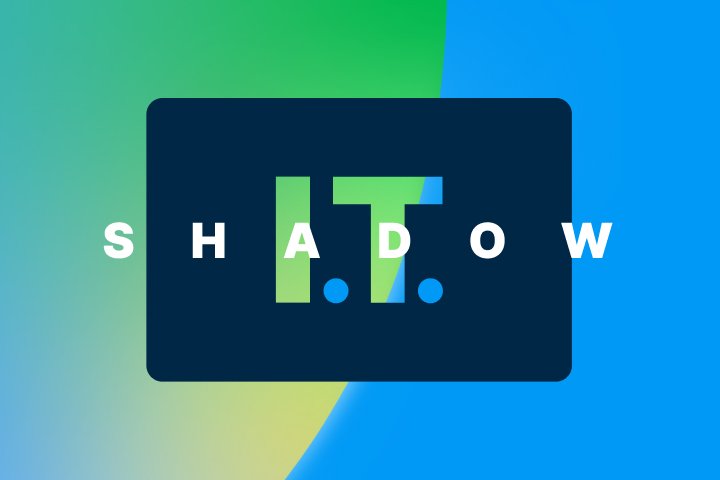
Hidden Data Everywhere: Why It’s Important to Have Complete Visibility for Data Security
Modern work creates blind spots across shadow IT, AI tools, personal devices, and third-party services. This article explains why visibility is essential for effective data discovery and stronger data protection.


